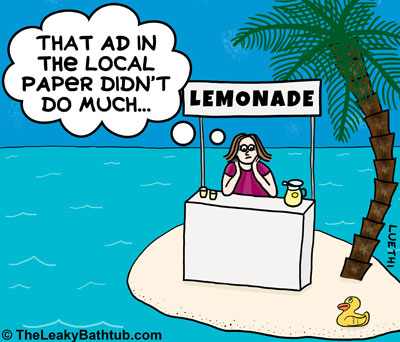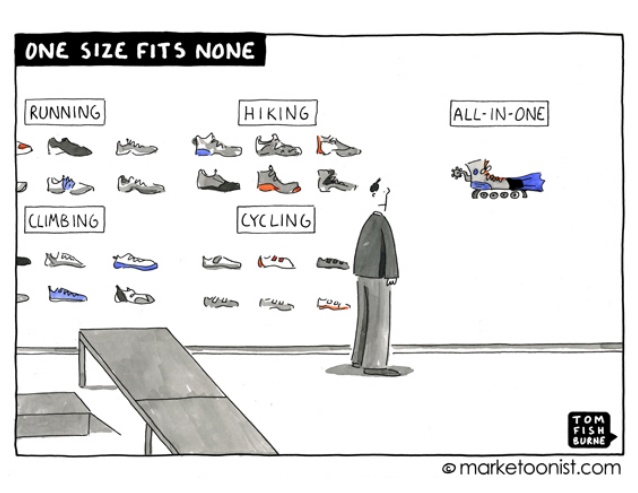Term 1 Week 4 (24-1 Mar)
Section outline
-
Markets & Segmentation
Learning Intentions
- Study case studies of markets and marketing
- Investigate the nature of marketing: Plan, Strategy and Segmentation.
- We can define and explain Markets
- We can describe how & why markets are segmented
- We have added to the glossary of business terms
Markets- A Market is a way in which buyers and sellers exchange goods or services. It can be a physical marketplace like a bazaar or shopping centre, or a virtual, online market (eg share or money market, Trade Me, eBay). Resource on markets
- Maeklong Market in Thailand has hundreds of small vendors using identical stands with identical shade awnings, selling identical products. Many sell the same types of fresh fish, others the same types of vegetables, and others the same cooked food.
Do Now - Markets
- As a class we'll watch the video clip of the market. Discuss the following questions and then answer them individually in the Google Doc called Markets, Segmentation and Research:
- As a customer, why might you choose to buy from one stall, rather than others, when so much is identical?
- If you were a vendor in the market, would you be able to lower your prices? What might happen if you did?
- Would you be able to make your products be, or appear to be, different? If so, how?
- How could, or how do, vendors promote their products?
- Are there ways vendors at the market might try to vary the place where they exchange their products with customers? A clue is to think how Pizza shops and supermarkets are trying this in NZ.
Market Segments

A Market Segment is a group of individuals with similar characteristics, eg Generation Z, retired couples, teenage girls, DINKYS.
For example, markets can be segmented by gender, age & life-cycle stage, socio-economics, ethnicity, lifestyle / family type, location, product use.
By segmenting the market, businesses can more accurately meet the needs of their target market. They can offer variations of their product that make the consumer think one variation is specifically designed for them and so they are willing to pay a higher price.
Do Now
Toothpaste is toothpaste, right? Wrong - at least, not in the Marketing Department. In small groups, discuss the different types of toothpaste available in the shops. This Countdown online shopping site might help. Individually answer the questions in the Google Doc called Markets, Segmentation and Research.
- Study case studies of markets and marketing
